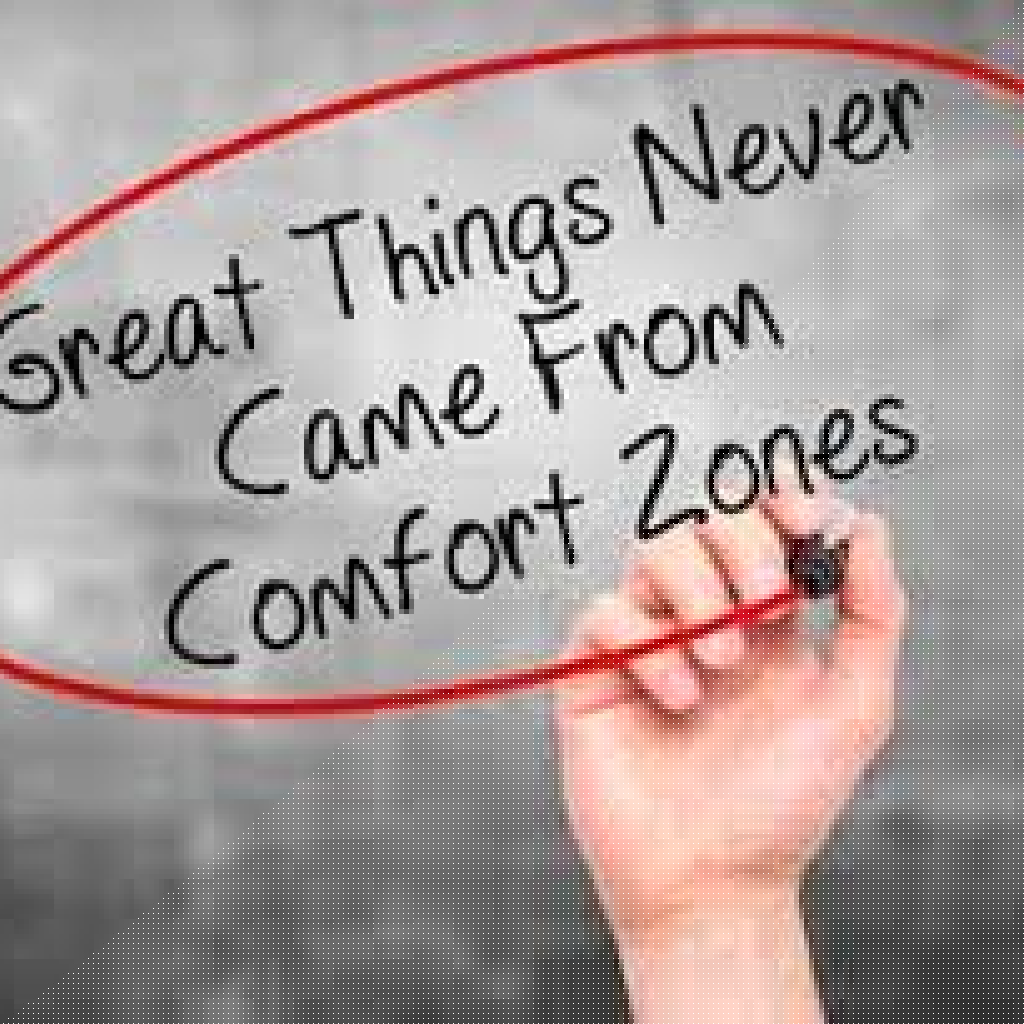Key Takeaways:
- Effective headhunting combines relationship-building with diligent market research.
- Succession planning should be continuous and tied to talent pipeline strategies.
- Employer branding directly influences your ability to attract high-performing executives.
- Technology enhances leader identification and candidate engagement.
- Diversity and inclusion must be intentional in senior leadership hiring.
- Soft skills are as important as technical expertise in leadership competency assessments.
- Robust onboarding and internal programs aid executive retention and leadership growth.
- Leadership development is an ongoing process shaped by future talent trends.
Introduction
Discovering what it truly takes to recruit top talent in today’s competitive executive landscape is more complex than ever. To secure high-impact leaders who can drive innovation, growth, and organizational transformation, businesses must adopt advanced strategies. Fostering diversity and inclusion (D&I) through Employee Resource Groups (ERGs) and inclusive leadership not only enriches workplace culture but also anchors the foundation for long-term talent success. In the evolving world of executive headhunting, these forces are pivotal to building resilient, future-ready organizations.
Mastering Executive Headhunting Strategies for Top Talent Acquisition
What sets effective headhunting approaches apart?
The modern executive search extends beyond identifying candidates with impressive résumés. Successful headhunting hinges on:
- Building enduring relationships in niche industries
- Leveraging credible referrals
- Understanding the unique culture and strategic aspirations of the client company
Effective headhunters prioritize soft skills such as adaptability, vision, and the ability to champion inclusive environments. They curate panels that align leadership candidates with an organization’s D&I goals, ensuring new leaders join ready to foster equity and belonging from the top down.
How do global trends impact executive recruitment?
Globalization, remote work, and demographic shifts have made competition for executive talent a truly international endeavor. Inclusive organizations actively seek diverse perspectives, which requires a broader hiring lens and cultural competency. Recruitment partnerships increasingly value:
- Candidates’ global experience
- Demonstrated commitment to diverse and inclusive teams
- Ability to lead cross-functional, multicultural groups
Diversity-forward organizations adapt to these realities, making D&I not only an ethical imperative but also a strategic one.
Leadership Succession Planning: Ensuring Future-Ready Leadership Teams
Integrating talent pipeline building in succession planning
Succession planning goes hand-in-hand with developing a strong pipeline of diverse future leaders. Steps include:
- Identifying high-potential individuals from underrepresented groups
- Offering actionable development pathways
- Encouraging participation in ERGs to nurture inclusive mindsets
- Structuring mentorship opportunities led by inclusive leaders
By embedding D&I principles early in the succession process, organizations ensure they are prepared for evolving leadership needs.
Common pitfalls and how to avoid them
Many organizations fall into the trap of:
- Limiting succession consideration to a select group of leaders
- Neglecting the role of ERGs in supporting candidate readiness
- Overlooking bias in leadership identification
Avoid these by democratizing access to leadership development, using structured and transparent evaluation processes, and leveraging ERGs as a platform for visibility and growth.
Attracting High-Performing Executives: Key Drivers and Brand Positioning
What motivates top executives to consider new opportunities?
Top talent is drawn to roles where they feel they can:
- Create organizational impact
- Influence culture and innovation
- Lead authentically within supportive and inclusive environments
Executives increasingly seek workplaces that are vocal and genuine about D&I, valuing the opportunity to lead and inspire diverse teams.
Leveraging employer branding to outcompete rivals
A compelling employer brand underscores a company’s commitment to diversity, inclusion, and ethical leadership. Allocate resources to:
- Share ERG success stories
- Publicize inclusive leadership initiatives
- Showcase executive leaders championing D&I efforts
Brand reputation will ultimately set you apart as an employer of choice, attracting values-driven leaders who share your mission.
Building a Talent Pipeline for Leaders: From Identification to Engagement
Proactive steps to engage potential senior leadership
Effective pipeline management requires ongoing identification, relationship-building, and engagement with diverse leadership prospects. Proactive tactics include:
- Hosting industry roundtables and leadership forums
- Inviting high-potential candidates to ERG-sponsored networking events
- Offering leadership shadowing programs focused on inclusive leadership skills
Such engagement fosters long-term relationships, positions your organization as an inclusive employer, and ensures access to exceptional talent.
Technology’s role in pipeline management
Digital tools and data analytics have revolutionized talent pipeline management. Organizations now:
- Employ AI-powered screening to remove bias
- Track candidate engagement and ERG participation metrics
- Use digital platforms to facilitate mentorship and coaching
Modern technology not only speeds up talent sourcing but also enhances objectivity and broadens reach, supporting D&I goals at every step.
Senior Management Recruitment Process: Best Practices and Stages
Streamlining the search for C-level candidates
A best-practice executive recruitment process is structured, transparent, and inclusive:
- Start with a competency-based approach
- Integrate D&I goals from the outset
- Involve ERG representatives in panel interviews where appropriate
- Provide candidate feedback to support continuous improvement
Clear communication and inclusive assessment criteria ensure the most qualified and diverse candidates move forward.
Diversity hiring in leadership roles
Intentional diversity hiring is central to modern leadership recruitment. Success is measured by:
- Active outreach to underrepresented executive communities
- Structured interviews that minimize bias
- Accountability for D&I metrics throughout the process
Inclusive leadership starts from day one, making diversity hiring an essential organizational value.
Leadership Competency Assessment: Tools for Evaluating Leadership Potential
Key metrics and methods used in leadership hiring
Assessment tools for leadership potential should be expansive and equitable. Common metrics and methods include:
- Structured competency interviews
- Case study analyses
- 360-degree feedback processes
- Data-informed bias checks throughout evaluation
Incorporating soft skill evaluations
Leadership success is as much about emotional intelligence, adaptability, and advocacy for inclusivity as about technical expertise. Integrate soft skill assessments by:
- Utilizing behavioral interview questions
- Scenario-based evaluations focused on conflict management, empathy, and collaboration
- Gathering insights from ERG participation or leadership
These steps ensure leaders are equipped to inspire diverse teams and foster lasting inclusion.
Retaining Executive Talent: Strategies Beyond Compensation
Improving candidate experience and onboarding for senior executives
A positive onboarding experience is crucial for senior leaders, especially those recruited for their D&I track record. Best practices involve:
- Providing mentorship from established leaders committed to inclusion
- Facilitating introductions to ERGs
- Personalizing onboarding with diversity and inclusion training
This smooth transition helps new executives engage authentically with the culture and accelerate their impact.
Programs for cultivating internal leadership potential
Talent retention requires investment in leadership development for all employees, with a focus on underrepresented groups. Build pathways through:
- Formal leadership academies with D&I components
- Executive sponsorship programs
- ERG-driven mentoring and coaching initiatives
These programs ensure a continuous cycle of top-tier, inclusive leaders and signal long-term commitment to diversity and inclusion.












